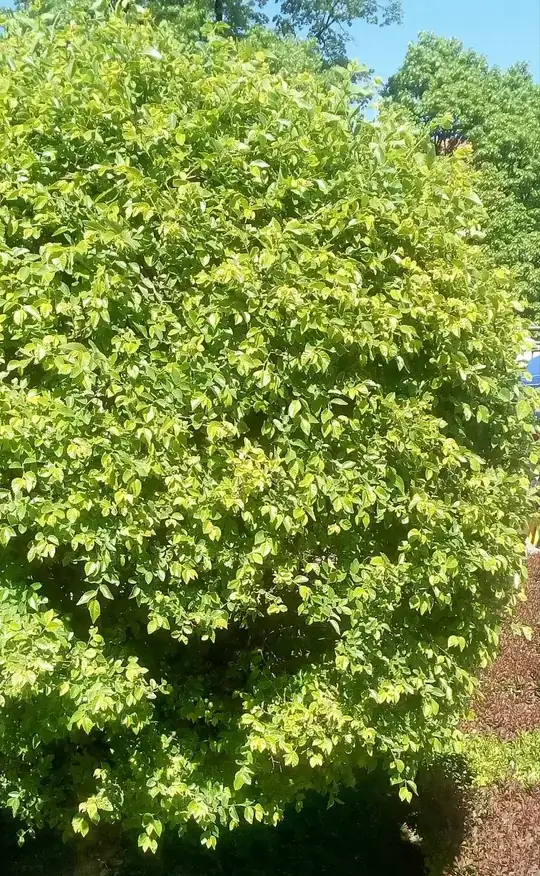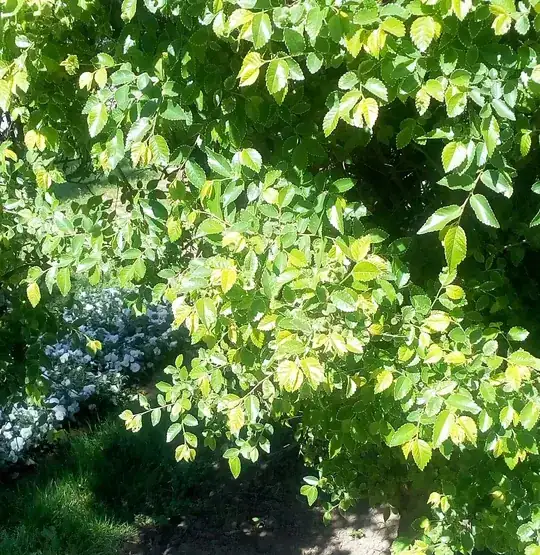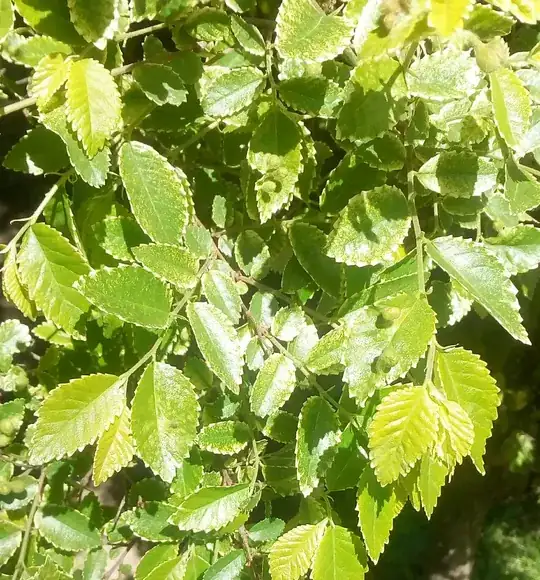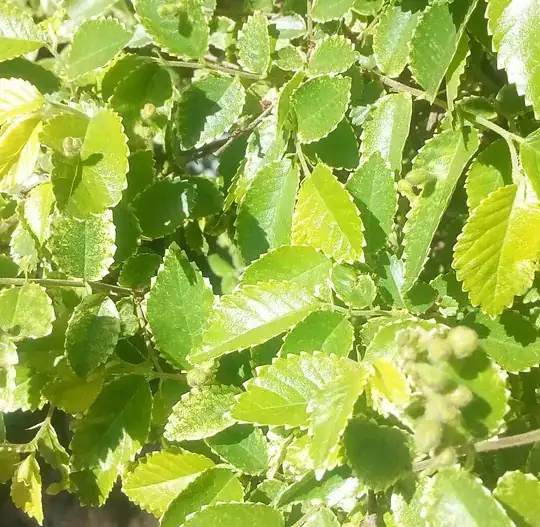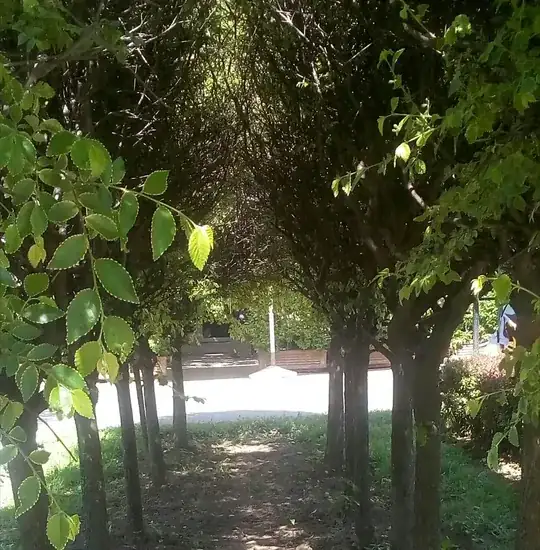All I know is that the tree is small (2m), is grafted at 1m, has (or can be pruned into) 'globosum' habit, and have such leaves:
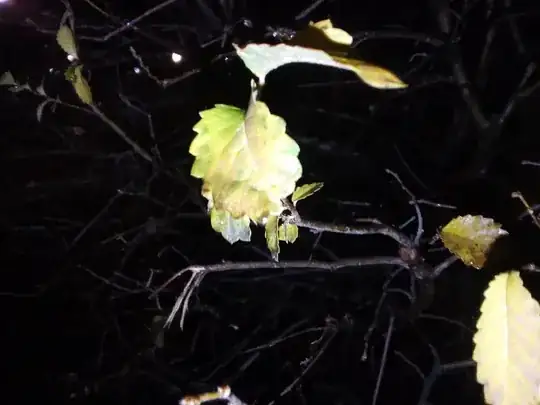
Another picture: (the trees in question are in the group in the middle):
Can you guess the species name or at least point me towards its genus until I can upload pictures for this tree's other characteristics?
New photos, sunny April day:
Some leaves have most unusual 'nipples', never saw such leaves before.

